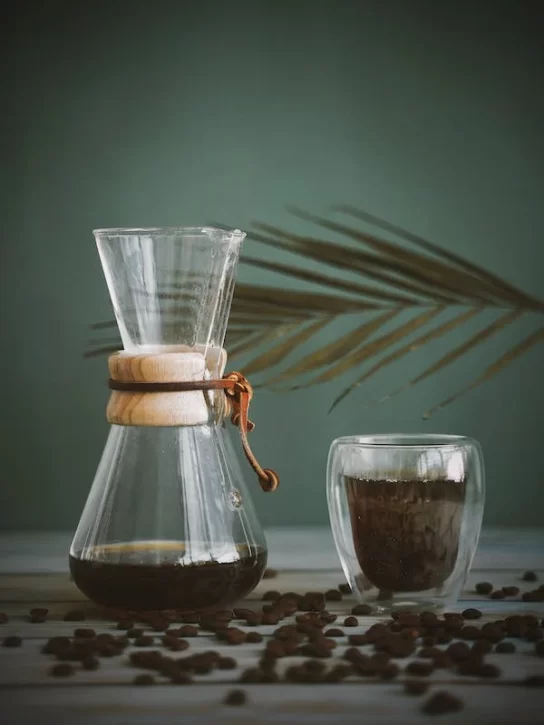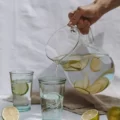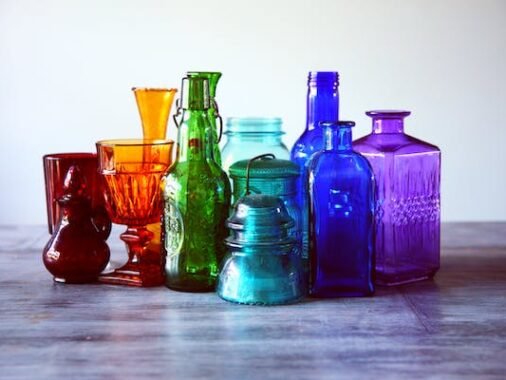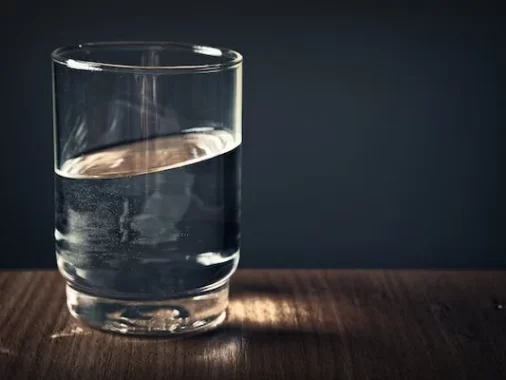10 milliliters is approximately equal to 0.33814 ounces.
In the realm of precise measurements, the ability to seamlessly switch between different units is a skill cherished by chefs, scientists, and everyday enthusiasts alike. Picture this scenario: you’re exploring a recipe from a distant land, and it calls for 10 milliliters (mL) of a rare spice. For those accustomed to ounces, this metric measurement might seem perplexing. Fear not, understanding the conversion of 10 mL to ounces is akin to deciphering a culinary secret code.
The Conversion Factor: 1 mL = 0.033814 Ounces
Before delving into the practical applications, let’s grasp the key to this conversion. One milliliter is approximately equal to 0.033814 ounces. Armed with this knowledge, the transition from milliliters to ounces becomes a straightforward mathematical operation.
Practical Application in Daily Life
Imagine a pharmacist meticulously preparing a pediatric medicine, ensuring that each child receives the precise dosage. Understanding the conversion from 10 mL to ounces is imperative in such scenarios. It ensures accurate medication administration, underscoring the importance of this seemingly small conversion.
Culinary Adventures
In the culinary world, precision is paramount. Picture a pastry chef crafting delicate desserts. A recipe demands 10 mL of a rare vanilla extract. For chefs around the globe, this measurement translates to approximately 0.34 ounces. This precise addition can elevate a dessert, transforming it from good to exceptional.
Educational Significance
In the classroom, teaching students about metric to imperial conversions often starts with seemingly simple measurements like 10 mL to ounces. This conversion becomes a practical lesson, showcasing the relevance of mathematics in everyday life. It provides a foundation for understanding more complex conversions and scientific concepts.
milliliters (mL) to ounces (oz) for your reference:
| Milliliters (mL) | Ounces (oz) |
|---|---|
| 1 mL | 0.033814 oz |
| 5 mL | 0.16907 oz |
| 10 mL | 0.33814 oz |
| 15 mL | 0.50721 oz |
| 20 mL | 0.67628 oz |
| 25 mL | 0.84535 oz |
| 30 mL | 1.0144 oz |
| 35 mL | 1.18347 oz |
| 40 mL | 1.35256 oz |
| 45 mL | 1.52163 oz |
| 50 mL | 1.6907 oz |
| 55 mL | 1.85975 oz |
| 60 mL | 2.02884 oz |
| 65 mL | 2.19791 oz |
| 70 mL | 2.36698 oz |
| 75 mL | 2.53605 oz |
| 80 mL | 2.70512 oz |
| 85 mL | 2.87421 oz |
| 90 mL | 3.04328 oz |
| 95 mL | 3.21235 oz |
| 100 mL | 3.3814 oz |
FAQs
Is 10 ml the same as 1 oz?
No, 10 milliliters (ml) is not the same as 1 ounce (oz).
To be precise, 10 milliliters is approximately equal to 0.33814 ounces.
So, 10 ml is a small fraction of 1 oz.
How do I measure 1 oz?
To measure 1 ounce (oz), you can use a measuring cup or a kitchen scale. Here are a few methods:
Using a Measuring Cup:
For liquids: Use a liquid measuring cup marked in ounces. Fill the cup to the 1 oz mark.
For dry ingredients: Use a dry measuring cup and fill it to the top without tapping or shaking the cup. Level off the excess with a flat edge.
Using a Kitchen Scale:
Place a container (like a bowl or a cup) on the scale.
Turn on the scale and ensure it is set to ounces.
Slowly add the ingredient into the container until the scale reads 1 oz.
Using Common References:
A standard shot glass is often considered to hold 1 oz of liquid when filled to the brim.
A slice of bread is approximately 1 ounce.
A small handful of nuts or candies can be approximately 1 ounce, although this can vary based on the specific item.
Always check the accuracy of your measuring tools, especially if precision is crucial in your recipe or application.
How big is 15ml bottle?
A 15ml bottle is typically small and portable, measuring about 2 to 3 inches in height and 0.75 to 1 inch in diameter. It is commonly used for storing liquids such as essential oils, perfumes, or medicines. Due to its compact size, it’s convenient for travel and fits easily in purses or pockets. The exact dimensions can vary based on the bottle’s design, but it is generally designed to be handheld and easily portable. These bottles are popular for their practicality and versatility.
Is 2 tablespoons 1 ounce?
No, 2 tablespoons (tbsp) is not equal to 1 ounce (oz). In terms of volume, 1 US fluid ounce is equivalent to approximately 2.957 tablespoons. So, 2 tablespoons is less than 1 ounce.
Conclusion:
Understanding the conversion from 10 mL to ounces is not just about numbers; it’s about mastering the art of precision. It’s about ensuring medications are administered accurately, recipes are perfect, and educational experiences are enriching. So, the next time you encounter milliliter measurements, remember this conversion. It’s your key to navigating the intricate world of metrics, making every culinary creation and educational endeavor a resounding success.





